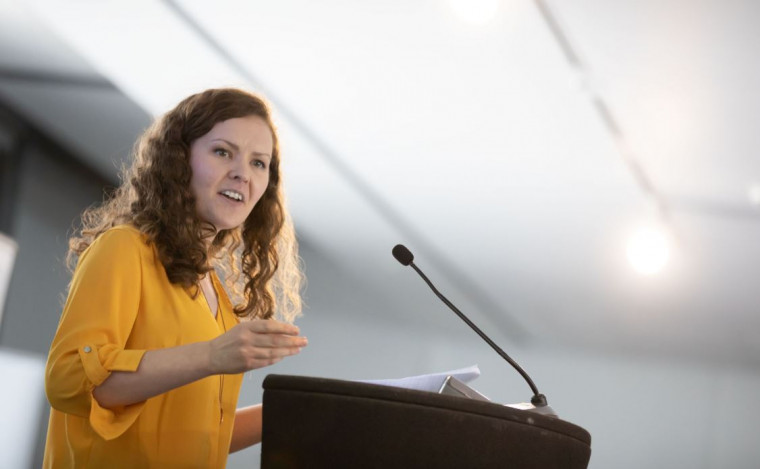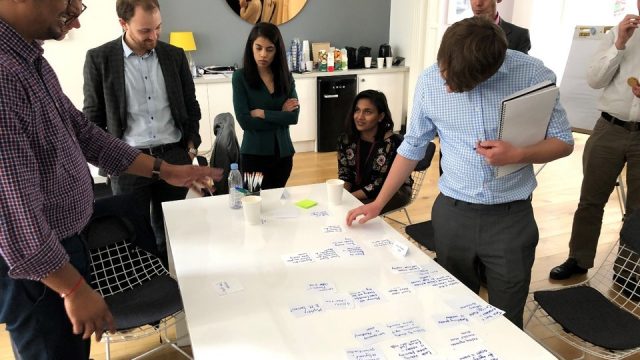Five things we’ve learned about new community energy models
As published on CSE’s homepage on the 6th December 2019
Power to Change’s Next Generation programme is incubating community energy models of the future. Felicity Jones is a consortium member of the Next Generation Programme, and Partner at employee-owned consultancy Everoze. She shares her top five learnings from the programme so far.
When you talk to people about community energy, they’ll often think of solar farms locally owned and controlled and financed through community share offers. But with the closure of feed-in tariffs (FiTs), which subsidised many projects in the past, this model is now under threat. Community energy businesses are having to get creative once again and explore new untested models.
Enter Next Generation, which helps turn bold ideas into scalable solutions. It’s a programme funded by Power to Change, and managed by CSE; Everoze is on board to provide technical and commercial input. The programme offers grants to support community energy groups in developing new business models.

Here’s what we’ve learned so far.
1. The new models being developed are notably diverse – not consolidated
The old model was quite samey: most community energy projects relied on FiTs subsidies and money raised from share offers to develop or buy up solar farms and run them for community benefit. But the applications we’ve received under Next Generation have been striking in their sheer diversity. We’ve seen a vibrant explosion of ideas: from an electric vehicle (EV) car club, to community energy powered new housing developments, flexibility and grid services, peer-to-peer trading and more.
The implication – accepting failure, accepting complexity: Will all of these models work? Probably not. Ideas are diverse because the sector is still figuring out what works; genuine innovation means accepting ‘failure’ of some models. But even as the sector matures, we’re expecting some of this model diversity to persist. The new world of cross-vector energy is inherently more complex: there is no one-size-fits-all. And the fantastic thing about community energy, of course, is that local groups are often best-placed to identify the niche opportunities in their area.
2. New community energy models require greater resources during operations – and less upfront
The old solar model is (comparatively) passive during operations; yes, there are ongoing financial, asset management and other considerations, but the bulk of work is nonetheless upfront. New energy models, by contrast, typically require a much more proactive role during operations. For instance, running an EV-charging scheme means being available to address consumer issues as they emerge.
The implication – organisational rethink: This shift in effort has significant organisational and resourcing implications for community energy businesses. It potentially requires a more direct customer-facing set-up. This is about people, not just assets.
3. New energy models are complex, with real revenue risks – and lower capex risk
Under the old solar model, much of the financial focus was on managing capital expenditure and development expenditure – and ensuring that you got a robust solar asset for your money. FiTs substantially derisked the revenues. But in the new energy world, we’re seeing a transition from asset infrastructure risk to revenue risk. Revenues are often merchant, and often stacked.
The implication – bringing partners on board: This elevated revenue risk has sparked lots of discussion in the Next Gen team. How to ensure that risk/reward profiles are fairly communicated in community share raises? And how to ensure that revenue risk is well managed? One solution is to bring advisers on board, to provide independent, robust scrutiny of financial models. Or perhaps even to outsource some of the complexity via close collaboration with private sector actors well-equipped to manage that risk.
4. Community energy groups need to articulate their Unique Selling Point (USP) – not just be seen as the cheap option
In a sector under disruption, a question we constantly ask ourselves when assessing business models is this: why should this model be led by community energy, rather than other actors? Why is a community energy group uniquely positioned to do this? The Next Gen team is eager to support ideas that can withstand the competitive storm to deliver long-term local benefit.
The implication – enhanced trust, not lower cost: Some might say that community energy’s USP is cost based – undercutting the private sector through relying on volunteer labour. I find that patronising. The best models we’ve seen have a clear articulation of their added value. Often, their USP centres on leveraging the inherent trust in community energy groups to mobilise local actors and help drive place-based change which otherwise wouldn’t occur.
5. We need to learn and adapt we go – not develop a rigid plan
Newness brings uncertainty with it. If we were funding conventional projects, then we’d agree the funding milestones upfront for each project, and largely tick off the milestones as projects progress. But because this is an innovation programme, unexpected roadblocks emerge such as changes in regulation, revenues, etc.
The implication – agility: I’ve been impressed by the agility and flexibility of community groups, responding to issues as they emerge, #SwarmGovernance style. At Next Gen, we have to find a way to accommodate these changes whilst also ensuring that grant funds are well spent. This isn’t always easy; but we’re constantly testing how to find the right balance.
Onwards
So there are five lessons learned so far. It feels good to write them down! But now let’s focus on the doing. It’s still early days. The Next Gen projects are a portfolio of experiments testing out new models for community energy. Let’s rapidly gain experience, share feedback and swarm on solutions.






